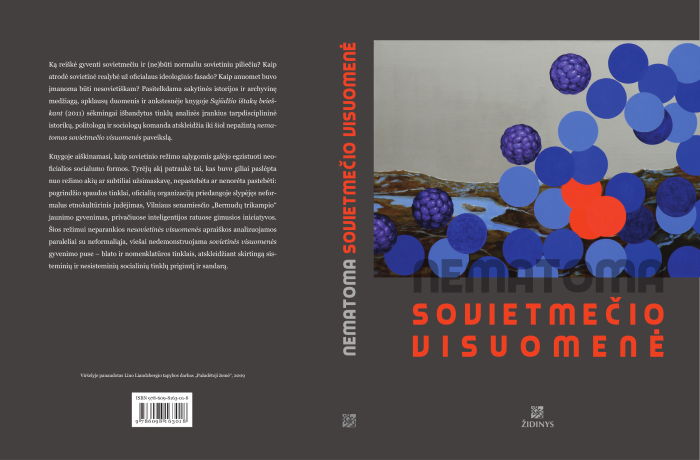Invisible Society of the Soviet Era

What did it mean to live in Soviet era and (not) to be a normal Soviet citizen? What did the Soviet reality look like behind the official ideological facade? If and how was it possible to be non-Soviet at that time? Using oral history and archival material, survey data, and the tools of network analysis successfully tested in a previous book, Searching for the Origins of the Sąjūdis, an interdisciplinary team of historians, political scientists and sociologists reveal a hitherto unknown picture of an invisible Soviet society.
The book explores how informal forms of sociality could exist under the Soviet regime. Researchers were attracted to what was deeply hidden from the regime's eyes or subtly disguised, unnoticed or unwanted: networks of underground press, informal ethno-cultural movement under the auspices of official organizations, youth life in the Bermuda Triangle of Vilnius old town, and initiatives born in private intellectual circles. These manifestations of non-Soviet society are analyzed in parallel with the informal, non-public side of the Soviet society such as blat and nomenclature networks, revealing the different nature and structure of systemic and non - systemic social networks.